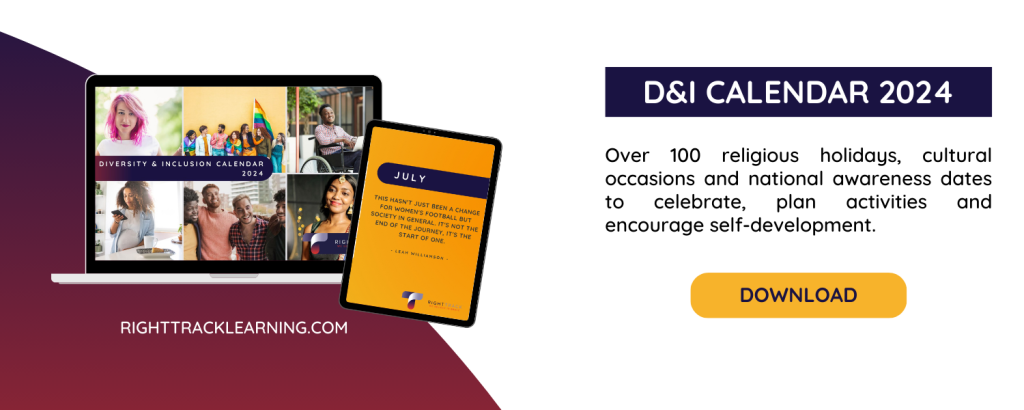Learning and Development is vital to individual growth and organisational success. But we’ve all been there where we’ve attended training, and the content just hasn’t landed. Maybe it’s the ‘death by powerpoint’ approach or it might be that you’ve struggled relating the content to your own role. Either way, the learning outcomes are short-lived, the training requirement isn’t met, and the business sees a poor return on investment.
So how should organisations make sure training really hits home? That in days, weeks, months, years down the line, attendees have retained and embedded new skills or approaches?
Let’s delve into a few approaches that help to embed the learning, ensuring a lasting impact, meeting key organisational objectives, and guaranteeing a training return on investment…
1. Active participation
Hands up who fancies sitting down for three hours being talked to non-stop? Doesn’t sound very fun does it? And passive learning is much less likely to stick!
Instead, look for workshops where delegates will be actively engaged with the learning through hands-on activities to learn by experience, with facilitated discussion to explore diverse perspectives and enrich understanding.
2. Self-reflection
Ever had those moments where the facilitator or a fellow delegate has said something, and it’s really resonated? But before you have time to think about it or plan how it could be applied to your own role, the topic has moved on.
Allocating time for participants to reflect on what they have learned is a critical part of learning and development. Training that gives attendees space to action plan progressively throughout the session will give individuals the opportunity to consider how to effectively apply the learning to their own roles and working environments.
3. Real-life scenarios and storytelling
Our brains respond well to storytelling so integrating real-life, relatable scenarios into training helps participants connect on a deeper level. Whether via video content, or in-person professional actors, participants are immersed in complex situations that mirror typical workplace interactions.
Not only that but seeing a situation play out in front of you creates an opportunity to test out different techniques right there in the moment and in a safe space. Practicing the skills during the learning reinforces the information and increases likelihood of retention.
4. Training toolkits
Keep the learning alive with follow-up training resources. Training toolkits can serve as a reminder of key concepts learned during the training, making it easier for individuals to implement them on the job. With tips and activities managers can easily facilitate within their own team, the toolkits provide a framework to facilitate structured conversations, self-reflection activities and fun mini training sessions to keep the conversation going after the training.
An example of training toolkits can be found here:
- Courageous Conversations Activity
- Inclusive Language Guide
- Collaborative Communication Tool
- Carer-Friendly Activity
- Meaningful Conversations on Race Toolkit
5. Modular Training Approach
Repetition is a powerful tool for retention so break the training down into modules where time is spent recapping the previous learning before moving onto the next topic.
Rather than expecting delegates to digest all information at once, this approach offers more reflection time and a chance to put the learning into action. Schedule in regular team touchpoints throughout the training journey to revisit material plan how it will be applied to individual roles.
6. Refresher training
Your team completed training mid-last year, but a relevant awareness month is coming up and you want to bring the learning outcomes back to the forefront again.
Holding refresher training, whether that’s a webinar, an online micro-learning session or an updated workshop really increases knowledge retention. In addition, refresher training contributes to creating a culture of continuous learning.
In summary…
Training provides people with the opportunity to learn. However lecture-style training often fails to bring in the return on investment because information and skills are much less likely to be retained and applied. Embedding the learning is an ongoing process and successfully transferring that learning into action requires a multifaceted approach.
To be successful with learning and development initiatives, it’s imperative for organisations to integrate approaches that help learners to embed the learning in alignment with their day role, not in silo. By encouraging active participation, combining expert facilitation with interactive learning methods, and providing follow-up support, organisations can maximise the impact of their training programmes. Ultimately the goal is not just to provide the information, but to cultivate a transformative experience and empower individuals to apply that knowledge in ways that drive personal and organisatonal success.
